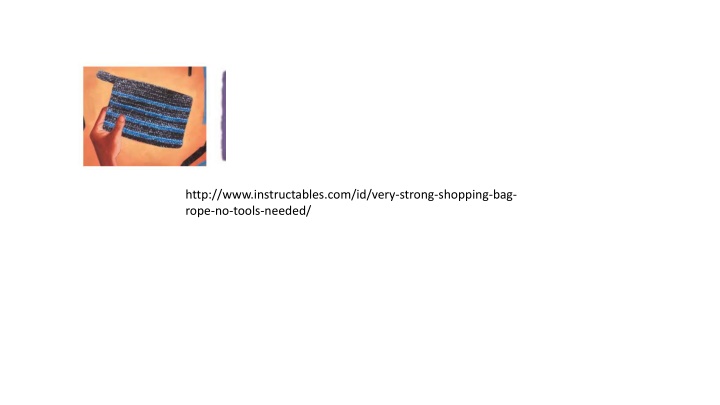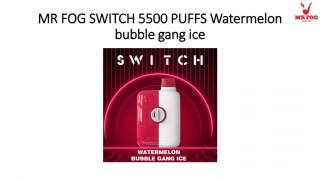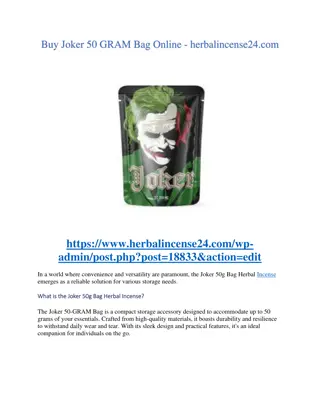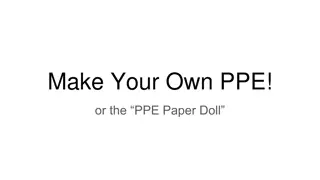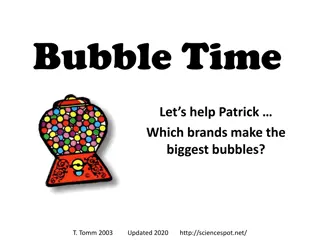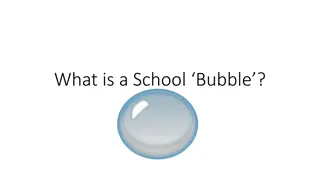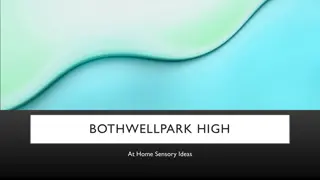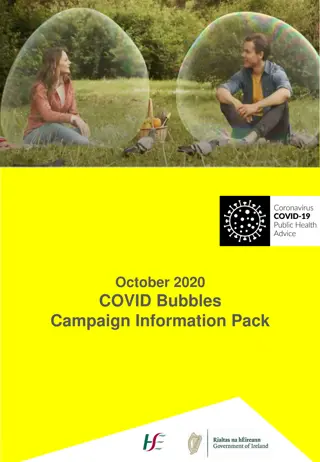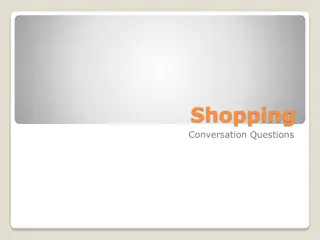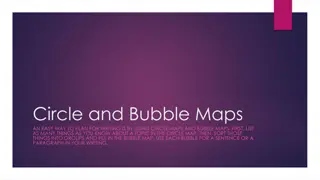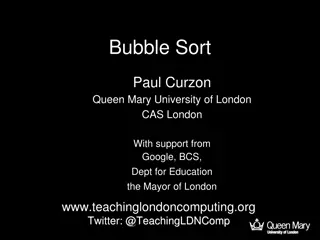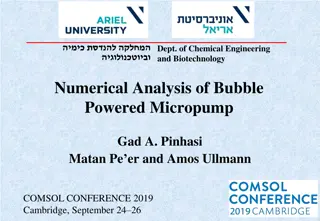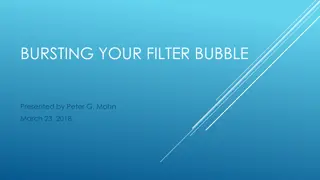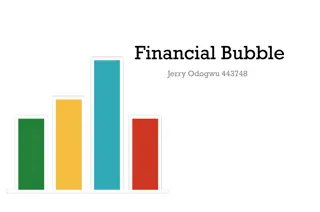Fun with Bubbles: A Creative DIY Shopping Bag and Bubble Solution
Explore the world of bubbles with a DIY shopping bag made of rope and a bubble solution you can create at home. Discover the science behind bubbles, shapes they form, and how to make them stick together. Plus, learn the art of bubble sealing and shaping for endless fun!
Download Presentation

Please find below an Image/Link to download the presentation.
The content on the website is provided AS IS for your information and personal use only. It may not be sold, licensed, or shared on other websites without obtaining consent from the author.If you encounter any issues during the download, it is possible that the publisher has removed the file from their server.
You are allowed to download the files provided on this website for personal or commercial use, subject to the condition that they are used lawfully. All files are the property of their respective owners.
The content on the website is provided AS IS for your information and personal use only. It may not be sold, licensed, or shared on other websites without obtaining consent from the author.
E N D
Presentation Transcript
http://www.instructables.com/id/very-strong-shopping-bag- rope-no-tools-needed/
http://www.instructables.com/id/very-strong-shopping-bag- rope-no-tools-needed/
To make your bubble solution, mix dish soap and water in a 1:10 ratio, adding one tablespoon of glycerin to each gallon of solution. Let the solution age at least overnight for the longest- lasting bubbles.
Bubbles can stretch and become all kinds of crazy looking shapes. But if you seal a bubble by flipping it off your wand, the tension in the bubble skin shrinks to the smallest possible shape for the volume of air it contains. That s why even if it had a goofy shape before you sealed it, once sealed shut, the bubble will shrink into a sphere shape. Compared to any other shape, a sphere has the smallest surface area for the amount of volume.
When bubbles are about the same size, they form perfect hexagons. Bees do the same thing when they build a beehive. Bees, like bubbles, are also very efficient with their spaces. They use the minimum amount of wax to create their spaces Blow several bubbles with a straw so that you have a three of them stuck together this might take practice! Why do bubbles stick together? Since a bubble tends to minimize its surface area, bubbles will join together to share one common wall. Three bubbles will meet at the center, always at an angle of 120 degrees. .
Next, dip the pointed ends of a pair of scissors in the solution. Poke them through the wall of your bubble. Let the kids try poking other stuff that has been moistened in the solution, even their fingers. You can then poke your straw back inside the bubble and blow another bubble.
Why do bubbles pop? Other than being poked or landing on something sharp, bubbles pop when the water between the soap film surfaces evaporates.
Theres a science behind the art of blowing soap bubbles. Its not the thickness of the soapy film that matters. Rather, the speed of the blowing gust of air determines whether bubbles will emerge, scientists now report. Courbin and his colleagues looked through centuries of studies for ones on the physicsof bubble blowing. They couldn t find any. So the team built a device that is something like the cousin to a bubble wand. It pumps a controlled, even layer of bubble liquid over an opening that is roughly 1 meter (1 yard) high. It s width is adjustable. The scientists peppered their device with pressurized jets of air. Quick gusts of that air pushed out bubbles. Slow-moving jets only dimpled the film. https://www.sciencenewsforstudents.org/article/blowing- bubbles-science
Courbin and his colleagues looked through centuries of studies for ones on the physicsof bubble blowing. They couldn t find any. So the team built a device that is something like the cousin to a bubble wand. It pumps a controlled, even layer of bubble liquid over an opening that is roughly 1 meter (1 yard) high. It s width is adjustable. The scientists peppered their device with pressurized jets of air. Quick gusts of that air pushed out bubbles. Slow-moving jets only dimpled the film. https://www.sciencenewsforstudents.org/article/blowing- bubbles-science
A bubble is just air wrapped in soap film. Soap film is made from soap and water (or other liquid). The outside and inside surfaces of a bubble consist of soap molecules. A thin layer of water lies between the two layers of soap molecules, sort of like a water sandwich with soap molecules for bread. They work together to hold air inside.
You can huff and puff, but no matter how many times you blow a bubble, it always ends up round. This is because the molecules in the bubble mixture pull on each other, like a group of friends holding hands in a circle. The pulling means that you end up with a shape that has the smallest amount of surface area a sphere.
